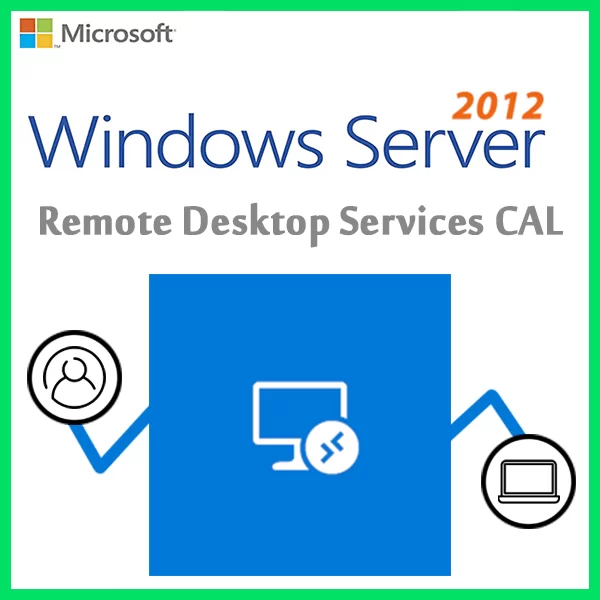Remote Desktop Services (RDS) Client Access Licenses (CALs) are an integral part of Windows Server, enabling remote desktop and application access. With the release of Windows Server 2022, there are notable updates and new features in RDS CALs. In this guide, we’ll explore what’s new in RDS CALs for Windows Server 2022.
Table of Contents
The Role of RDS CALs
Before we delve into what’s new, let’s briefly recap the role of RDS CALs:
- Access Licensing: RDS CALs are required for users or devices to access remote desktops or applications on a Windows Server.
- User or Device-Based Licensing: RDS CALs come in two modes—User CALs (for individual users) and Device CALs (for specific devices).
- Application Virtualization: RDS CALs facilitate application virtualization, enabling users to run applications from a remote server.
What's New in RDS CALs for Windows Server 2022
With the release of Windows Server 2022, there are several updates and enhancements in RDS CALs:
Enhanced Performance
- Improved Graphics: Windows Server 2022 includes updates to the GPU acceleration, enhancing the graphics performance for remote desktops and applications.
- Increased Scalability: RDS in Windows Server 2022 offers better scalability, enabling organizations to handle more users and applications.
Security Enhancements
- Security and Compliance: Windows Server 2022 strengthens security and compliance measures, making it a reliable choice for organizations with stringent security requirements.
- Integration with Azure AD: RDS CALs in Windows Server 2022 offer seamless integration with Azure Active Directory, facilitating secure and controlled access.
Hybrid Capabilities
- Hybrid Deployments: RDS CALs now support hybrid deployments, allowing organizations to combine on-premises and cloud-based resources efficiently.
- Remote Desktop Services in Azure: Windows Server 2022 allows for easy setup and management of RDS in Azure, offering flexibility and scalability.
Management and Administration
- Administrative Improvements: RDS CALs in Windows Server 2022 come with enhanced administrative tools, making it easier to manage and troubleshoot remote desktops and applications.
- Centralized Management: Improved centralization of management and deployment for RDS infrastructure.
Optimized User Experience
- User Experience Improvements: Windows Server 2022 offers an optimized user experience for remote desktop and application users, ensuring a seamless and productive environment.
- Enhanced Compatibility: RDS CALs are designed to work with the latest Windows client operating systems, ensuring compatibility for a broad range of user devices.
Azure Integration
- Azure Migration: Organizations looking to migrate their RDS infrastructure to Azure can do so more seamlessly with Windows Server 2022.
- Hybrid Scenarios: Windows Server 2022 and RDS CALs provide options for integrating on-premises and Azure-based resources, enabling hybrid scenarios.
Licensing Considerations
When acquiring RDS CALs for Windows Server 2022, organizations should consider factors such as the number of users or devices that require access and whether User CALs or Device CALs are more suitable. It’s also important to ensure compliance with licensing agreements and stay updated on any licensing changes or updates from Microsoft.
Conclusion
In conclusion, RDS CALs for Windows Server 2022 bring several enhancements to remote desktop and application access, security, and administration. Organizations can take advantage of these new features to provide a more secure, scalable, and efficient remote access environment.
Stay tuned to our blog for more Remote Desktop Server & Windows Server insights and tips.
Recent posts

Remote Desktop Server
RemoteApp and Desktop Connections in RDS: Simplifying Access
Explore RemoteApp & Desktop Connections in RDS for streamlined access to remote apps and desktops from a centralized interface.

Windows Server
DHCP and DNS Services: Essentials for Network Functionality
Explore the critical roles of DHCP & DNS in networks, enabling efficient IP address management and domain name resolution.

Windows Server
Understanding File and Storage Services in Windows Server
Explore Windows Server’s File & Storage Services for efficient data management, storage, and sharing within networks.











